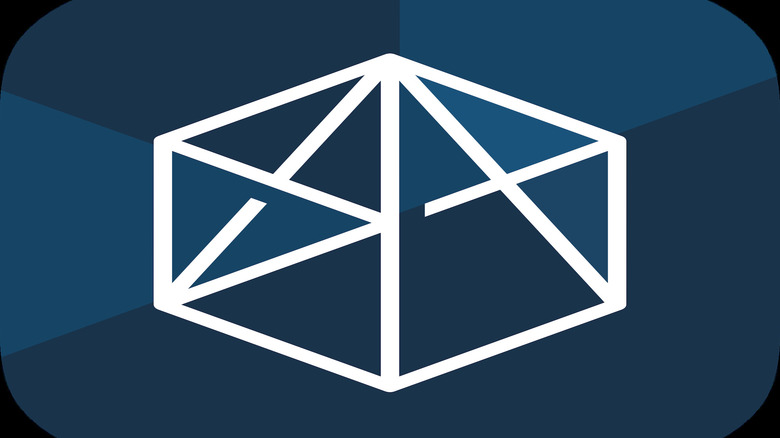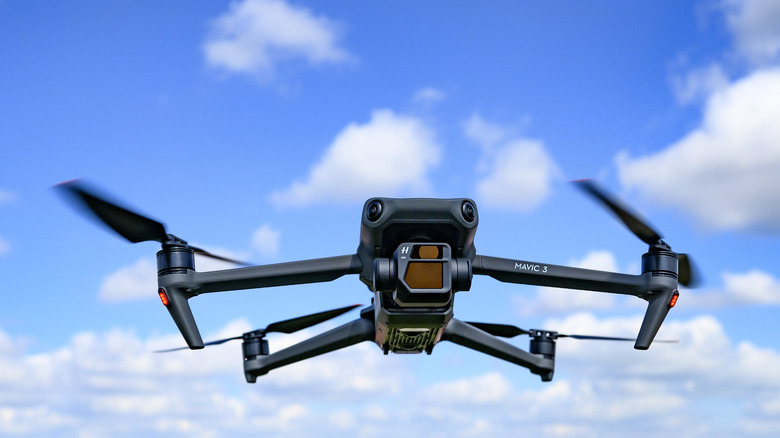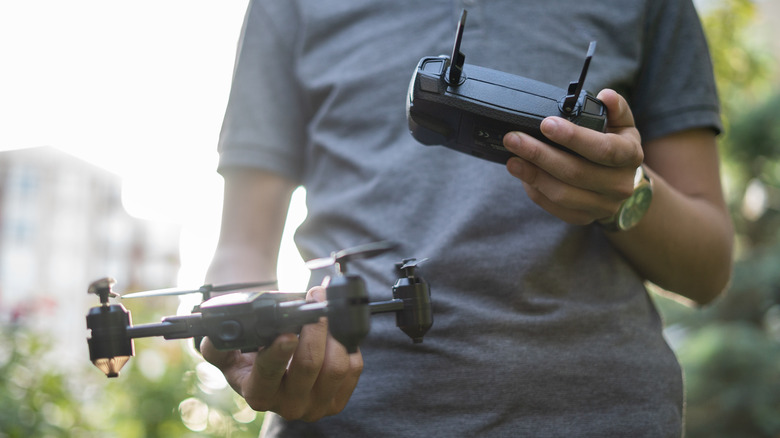What Is The DJI Assistant 2 And How Do You Use It With Your Drone?
DJI products are packed with intelligent features, but like any high-tech gadget, they sometimes need a helping hand. For that, there's DJI Assistant 2, desktop software that functions like a utility suite for your drone, with tools that aren't always available in the DJI Fly or Go apps. It works with a number of DJI consumer drones, such as the Mavic, Phantom, and Spark series, and is available for both macOS and Windows.
DJI Assistant 2 is different from the mobile apps because it lets users directly update firmware, recalibrate sensors, manage flight logs, and even run system diagnostics. These features are especially helpful when trying to fix problems that keep happening, like vision sensor errors or firmware updates that don't work. For instance, if your drone has trouble keeping a GPS lock or flies in an unpredictable way, you can often fix the problem by recalibrating its vision systems with DJI Assistant 2.
DJI Assistant 2 also enables access to additional tools like the Data Upload feature and black box logs, which are useful for post-crash analysis or technical support inquiries. While it's not essential for every pilot, having DJI Assistant 2 installed is a smart move for anyone serious about keeping their drone in peak condition.
How to set up and connect DJI Assistant 2 to your drone
It doesn't take much to get started with DJI Assistant 2, but you do need a computer and a USB cable. First, go to DJI's official download page to get the right version of the software for your drone model. There are different versions for different DJI product lines. After installation, turn on your drone and connect it to your computer with a USB cable.
Upon launch, the software will recognize the connected device and display relevant options depending on your drone model. You can start firmware updates, calibrate the vision system, or upload flight logs from here. When large firmware packages are involved, firmware updates done through DJI Assistant 2 are usually more stable than updates done over the air through the mobile app. This can be a major benefit in cases where setup is finicky, an experience we had in Slashgear's review of the DJI FPV drone system.
One standout feature is the ability to roll back firmware versions, which can be a lifesaver if a new update introduces unforeseen bugs. You can't do this with the regular DJI mobile apps. You can also export and analyze flight data, which makes the software useful for both casual users who want to fix problems and professionals who need to keep track of flight performance.
When and why you should use DJI Assistant 2
While there are other excellent non-DJI drones out there, having DJI Assistant 2 is one of the many perks of choosing DJI. The Assistant 2 software will mainly be used when things get more complicated. For example, if your drone has been in a crash, running a vision sensor calibration via the app is often insufficient. DJI Assistant 2 allows for a full recalibration through your computer, which can help restore accurate obstacle detection and positioning systems.
The tool is also very important for fixing problems with firmware updates that don't work or bugs that come with new firmware. If you need help from DJI, they will probably ask for black box logs, which you can only get through this desktop app. This is very important for commercial drone pilots or operators who use DJI drones for surveying, inspections, or other important tasks.
DJI Assistant 2 adds an important level of control and recovery that mobile apps don't have, but it doesn't replace safe flying or regular maintenance. As DJI drones become more sophisticated, having this tool on hand helps users to take better care of their investment — whether that means optimizing performance or digging into diagnostics when things go wrong.


